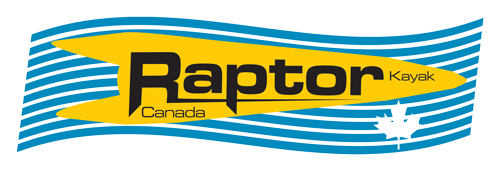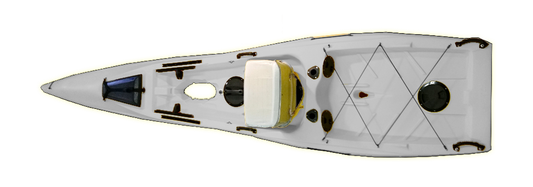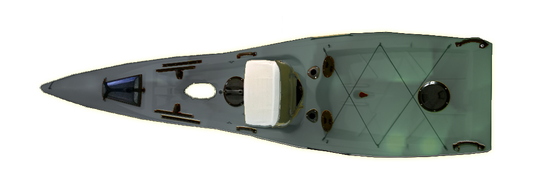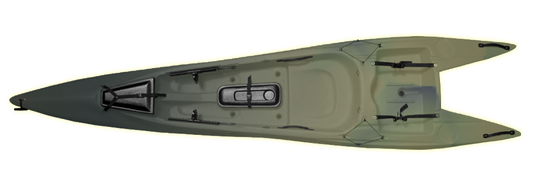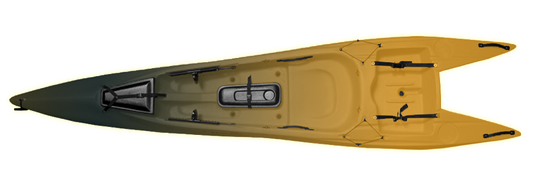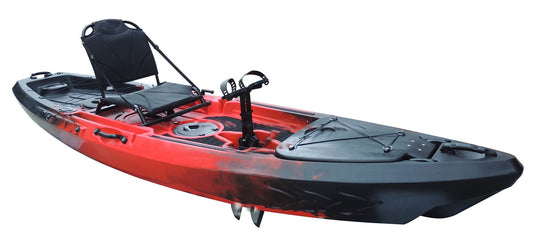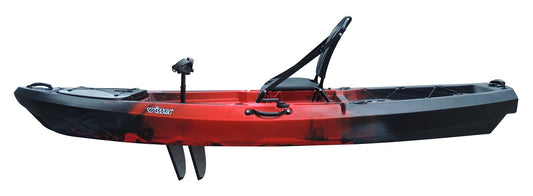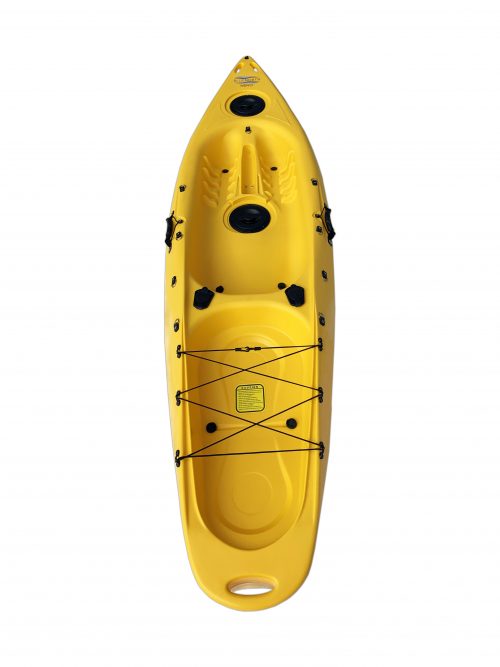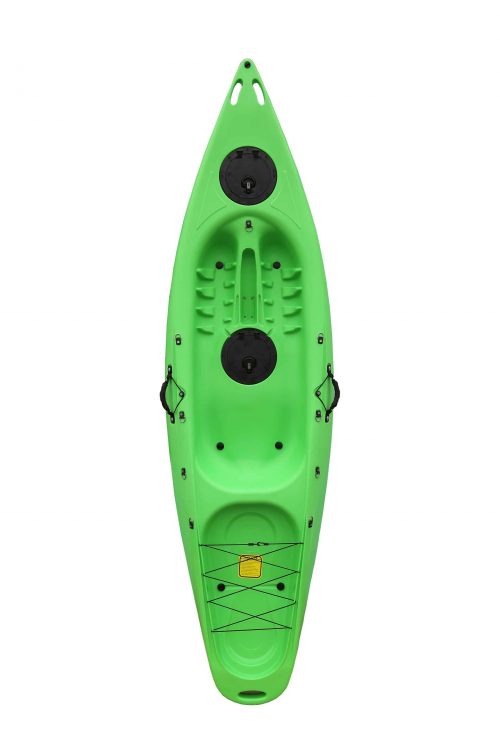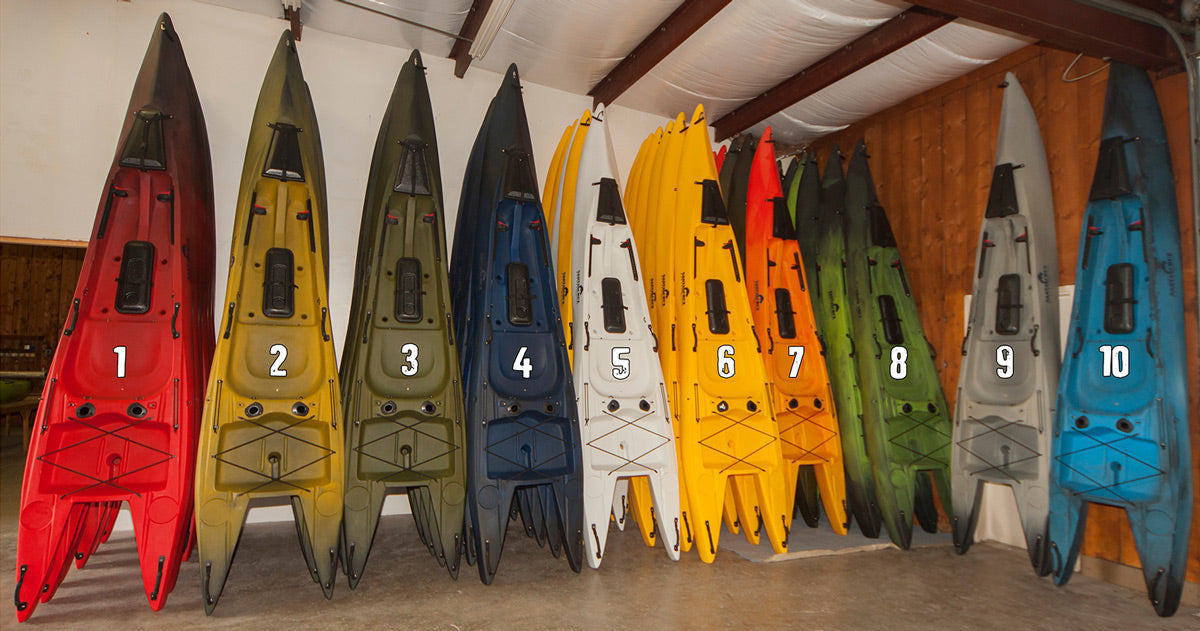
RAPTOR KAYAKS SHOWROOM
View our full kayak selection below.

WINNER KAYAKS
KAYAKS FOR THE BEGINNER OR PROFESSIONAL
Kayak Guide

The Basics
The word "kayak" translates to "man's boat" or "hunter's boat". Originally developed by the Indigenous peoples of the north, kayaks were used to hunt on lakes, the Arctic Ocean, North Atlantic, the Bering Sea and North Pacific oceans. Designed to be manually propelled with a double bladed paddle, the original kayak is a small, relatively narrow, human powered boat constructed from seal or other animal skins stretched over a wood or whalebone frame. Traditional kayaks have covered decks with one or two cockpits for the paddlers. A skirt seals the paddlers into the kayak by keeping water and spray from getting into the boat. Modern kayaks greatly differ in concept, design and usage, ranging from easy touring, to racing in fast moving white water, to fishing and long distance ocean excursions. They may include rudders, fins, bulkheads, seats, foot braces and cargo hatches. Modern molds or forms and construction techniques are currently employed to manufacture these versatile boats out of materials such as wood/canvas, carbon fiber, fiberglass, Kevlar, polyethylene, polyester, rubberized fabric, neoprene, PVC, polyurethane carbon fiber and aluminum.
Selecting the Right Kayak
Choosing a Kayak can be a little confusing for newcomers to the sport. What types are there? What are the advantages and disadvantages between models?
Is one “safer” over another? This quick overview may help. Kayak design is largely a matter of competing trade-offs: Directional stability ("tracking") versus maneuverability, and stability versus speed.
Kayak Length
As a general rule, a longer kayak is faster. Kayaks that are built to
cover greater distances, such as touring and sea kayaks, are longer, generally 16 to 19 feet (4.9 to 5.8 m). With touring kayaks, the keel is generally more defined (helping the kayaker track in a straight line. White water kayaks, which generally depend upon river current for their forward motion, are shorter to maximize maneuverability and rarely exceed 8 feet (2.4 m) in length. Recreational kayak designers try to strike a balance between tracking and maneuverability with crafts that range in length from 9–14 feet (2.7–4.3
m).
Kayak Primary & Secondary Stability
Primary stability (sometimes called “initial stability”) describes how much a boat tips or rocks back and forth when displaced from level by water movement or paddler weight shifts. Secondary stability (or “final stability”) describes how readily a boat capsizes. Primary stability is often a big concern to a beginner, while secondary stability matters more to experienced travelers who may frequent rougher waters. Primary stability increases as the boat's volume moves away from the center line.
Kayak Beam Profile
A V-shaped hull tends to ease traveling straight (track), but makes turning harder. V-shaped hulls also have the greatest secondary stability. Conversely, flat-bottomed hulls are easy to turn, but harder to direct in a constant direction. They have the greatest primary stability, and the least secondary stability. Sea kayaks, designed for open water and rough conditions, are generally narrower, 22–25 inches (56–63 cm), and have more secondary stability than recreational kayaks, which are wider, 26–30 inches (66–76 cm), have a flatter hull shape, and more primary stability.
Kayak Paddling Ease
Some recreational kayak makers try to maximize hull volume (weight capacity) for a given length as shorter kayaks are easier to transport and store. Many paddlers who use a sit-in kayak feel more secure in a kayak with a weight capacity substantially more than their own weight. Maximum volume in a
sit-in kayak is helped by a wide hull with high walls. But paddling ease is helped by lower walls where the paddler sits and a narrower width. A narrower kayak makes a somewhat shorter paddle appropriate and a shorter paddle puts less strain on the shoulder joints. Some paddlers are comfortable with a sit-in kayak so narrow that their legs extend fairly straight out. Others want sufficient width to permit crossing their legs inside the kayak.

SANTA CRUZ KAYAKS
Inherent in the Raptor design is a special wave breaking bow that displaces water and weight by splitting it into two aft stabilizing wave tracks. Now, this creation of two separate axis and two separate fulcrums consistently encourages the vessel to return to it’s former position when weight is shifted from one axis-roll to another.

As weight shifts to one fulcrum, the vessel discourages a potential role, because the apposing fulcrum is sharing it's common end-point at the bow. Summoning the vessel back to it's gravitational connection with the water-rather than giving it permission to roll.
RAPTOR KAYAKS G1 & G2

WINNER KAYAKS
All of Winner Kayaks products are made from plastic that are specially designated for production of kayaks. The LLDPE material is dexterous and durable, and is needed in production of long lasting UV protected kayaks. It is years of research and development on such a purpose made material that enables Winner Kayak to provide at least one year’s guarantee on all of its products.
-
WINNER Colossus Pro Angler w/Peddle Drive
Regular price $1,895.00 CADRegular priceUnit price / per -

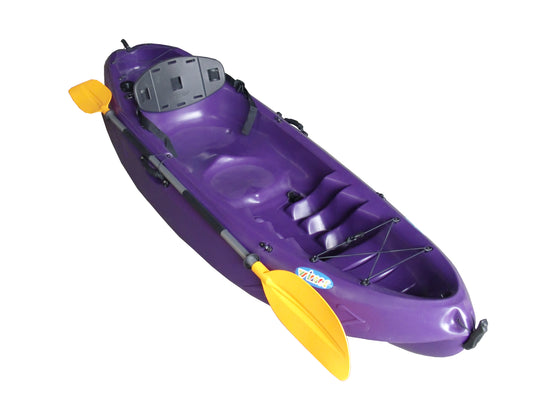 Sold out
Sold outWINNER Velocity 2
Regular price $595.00 CADRegular priceUnit price / per -
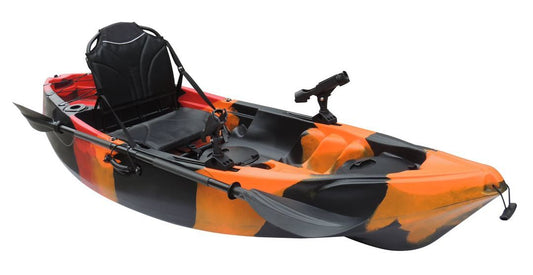
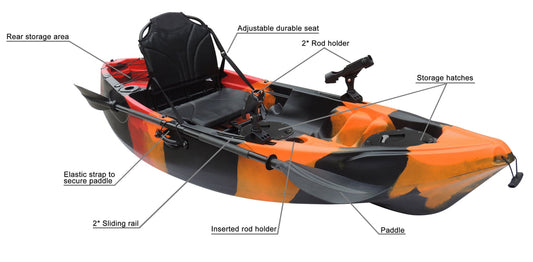 Sold out
Sold outWINNER Valador 3
Regular price $795.00 CADRegular priceUnit price / per -
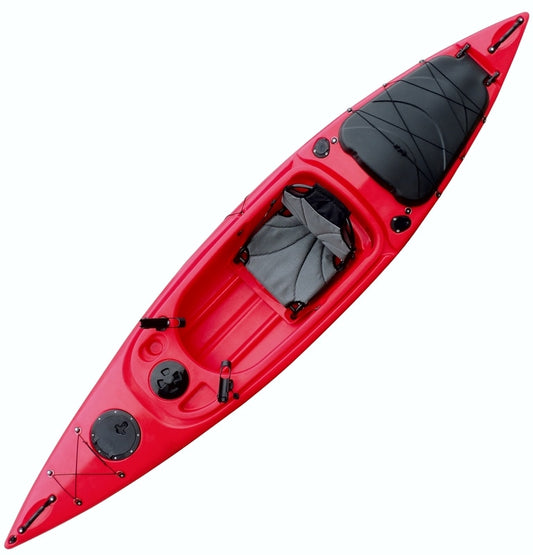
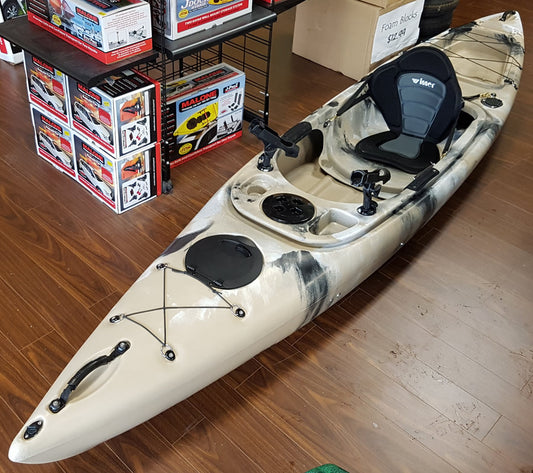 Sold out
Sold outWINNER Strider XL
Regular price $795.00 CADRegular priceUnit price / per -
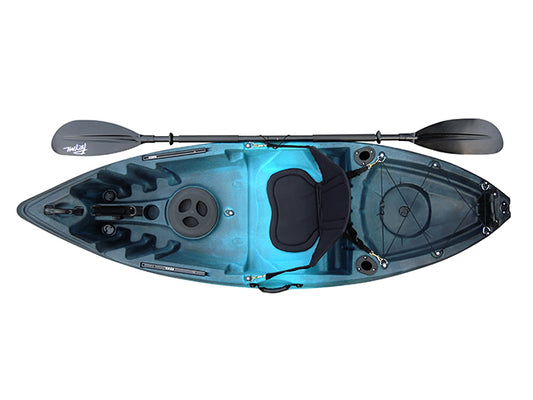
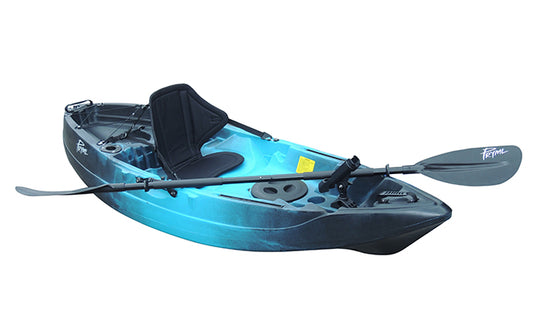 Sold out
Sold outWINNER Angelfish Jr. Angler
Regular price $645.00 CADRegular priceUnit price / per

AT THE LAKE DISTRIBUTING
At The Lake Distributing Incorporated is a wholesale distributor of water related recreational products with the head office located in Peterborough, Ontario. Canada. With no retail operations of our own, ATL Distributing can focus fully on driving sales through our dealer network. Our dealers consist of marinas, sporting goods retailers, and other wholesalers.
-

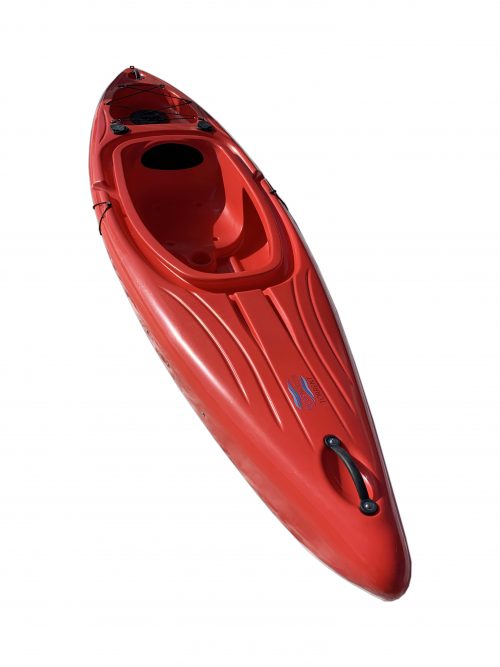 Sold out
Sold outATL KAYAK - BlueNorth Torrent
Regular price $795.00 CADRegular priceUnit price / per$795.00 CADSale price $795.00 CADSold out -
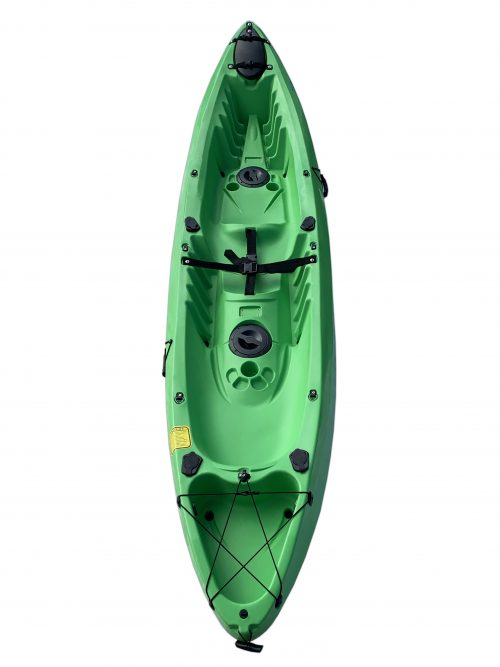
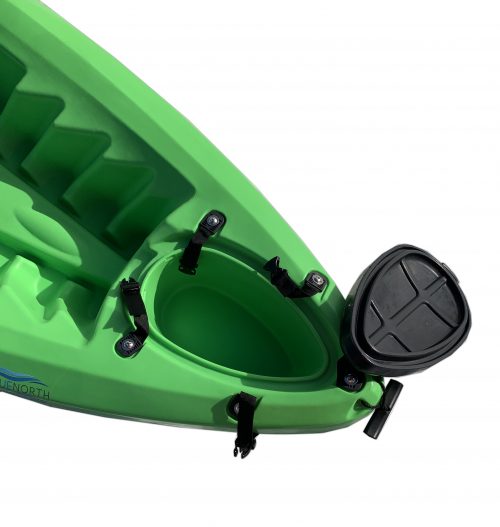 Sold out
Sold outATL KAYAK - BlueNorth Roamer
Regular price $995.00 CADRegular priceUnit price / per$995.00 CADSale price $995.00 CADSold out -
ATL KAYAK - BlueNorth Nero
Regular price $795.00 CADRegular priceUnit price / per$795.00 CADSale price $795.00 CAD

BORÉALDESIGN
BoréalDesign is the leader in inland waterways and ocean travel when it comes to kayaks. We produce a wide variety of designs with skeg and rudder and we are the only ocean kayak brand that manufactures all three constructions: Rotomolded HDPE, Thermoformed ABS, Composite FG Hybrid.
-

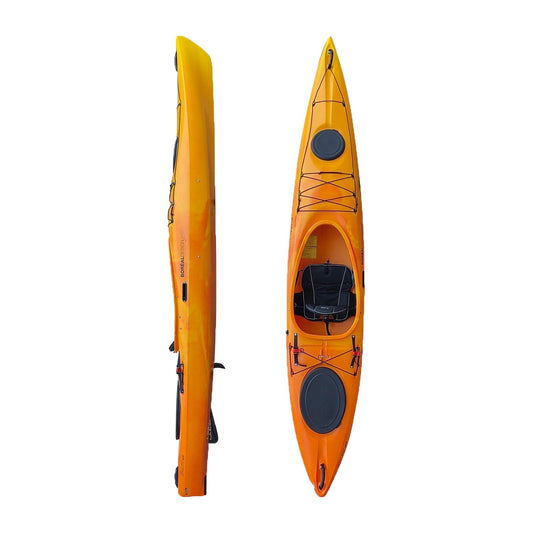 Sold out
Sold outBaltic 120 Kayak
Regular price From $929.00 CADRegular priceUnit price / per$1,079.99 CADSale price From $929.00 CADSold out -

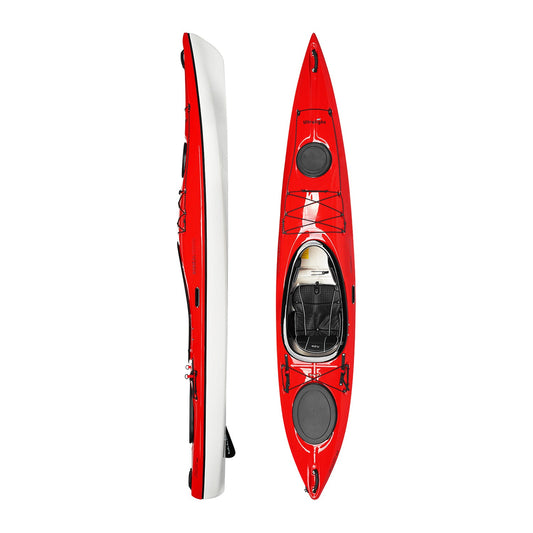 Sold out
Sold outBaltic 120 Ultralight Kayak
Regular price $1,849.99 CADRegular priceUnit price / per -

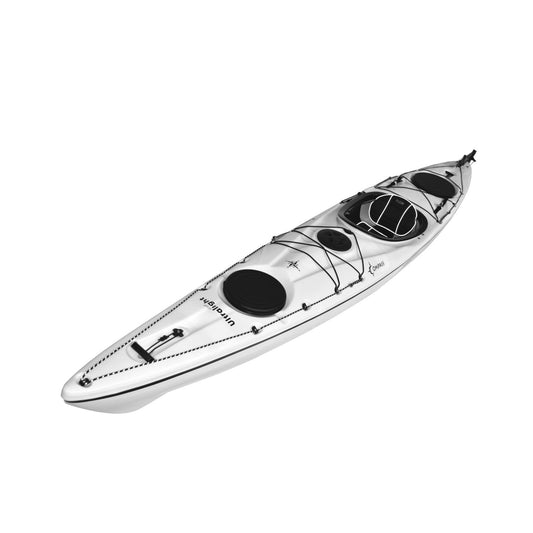 Sold out
Sold outCompass 140 Ultralight Kayak
Regular price $1,989.99 CADRegular priceUnit price / per -

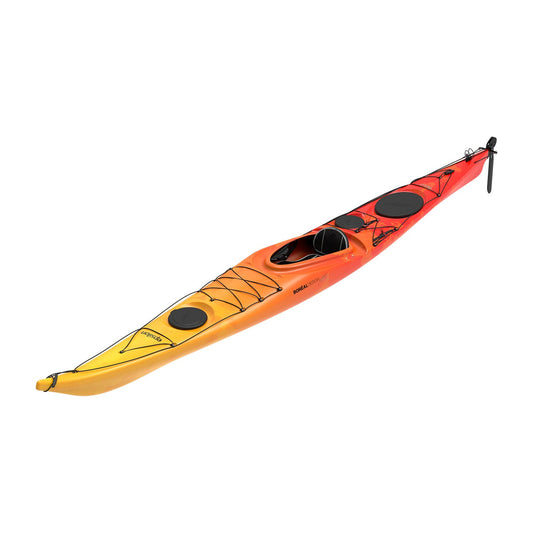 Sold out
Sold outEpsilon P100 Kayak
Regular price From $1,929.99 CADRegular priceUnit price / per$2,179.99 CADSale price From $1,929.99 CADSold out -

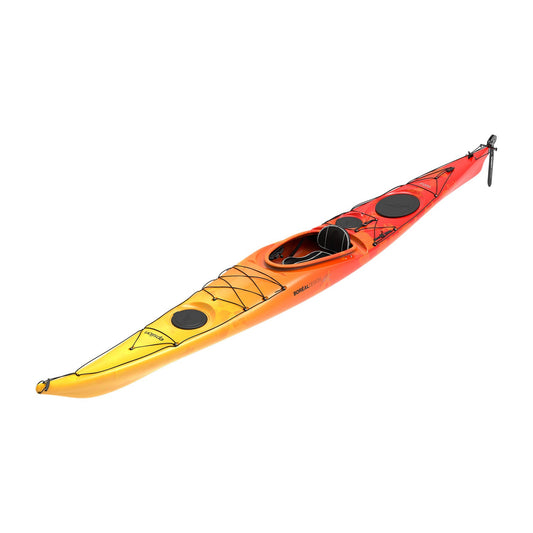 Sold out
Sold outEpsilon P200 Kayak
Regular price From $1,989.99 CADRegular priceUnit price / per$2,239.99 CADSale price From $1,989.99 CADSold out -

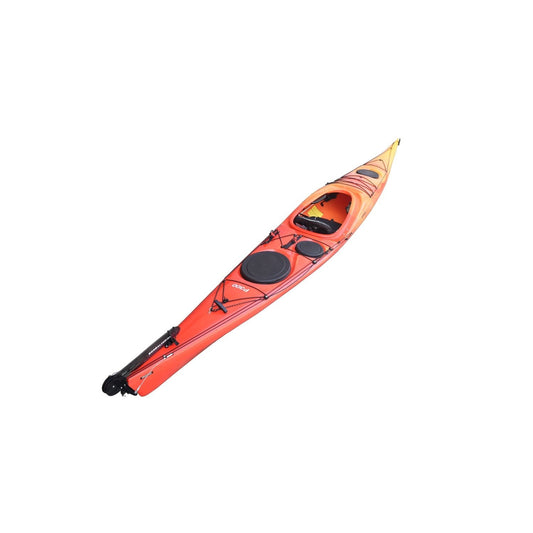 Sold out
Sold outEpsilon P300 Kayak
Regular price $2,059.99 CADRegular priceUnit price / per$2,309.99 CADSale price $2,059.99 CADSold out -

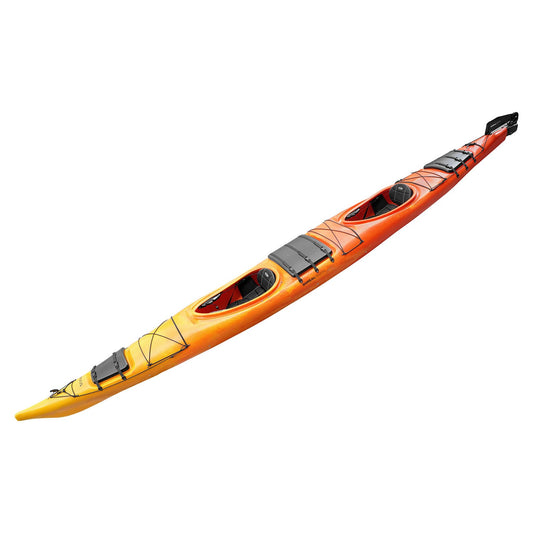 Sold out
Sold outEsperanto Heavy Duty Kayak
Regular price From $3,049.99 CADRegular priceUnit price / per$3,499.99 CADSale price From $3,049.99 CADSold out -

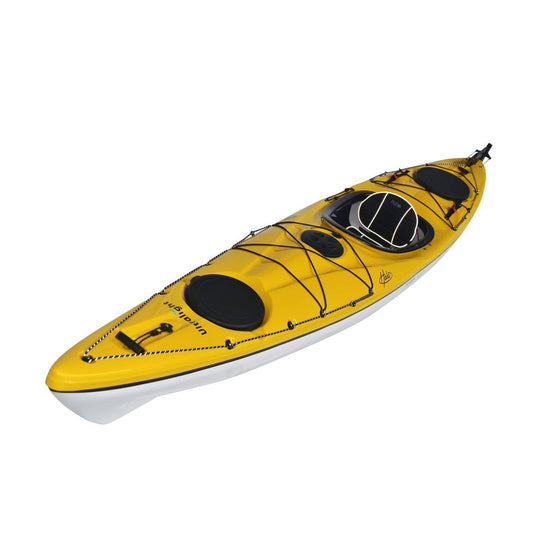 Sold out
Sold outHalo 130 Ultralight Kayak
Regular price $1,939.99 CADRegular priceUnit price / per -
 Sold out
Sold outMuktuk Kayak
Regular price $1,709.99 CADRegular priceUnit price / per -

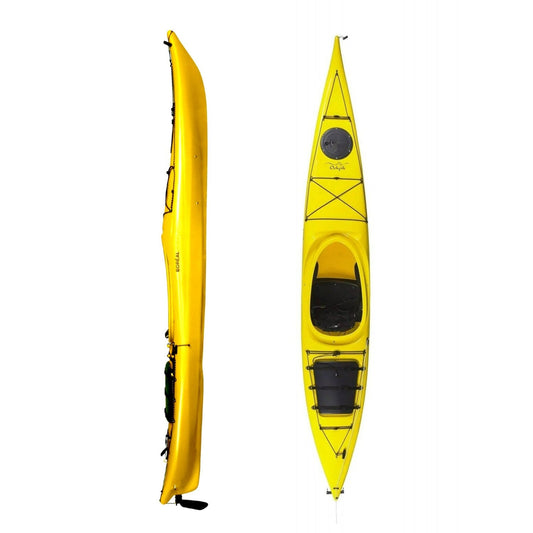 Sold out
Sold outOokpik Kayak
Regular price $1,274.99 CADRegular priceUnit price / per$1,499.99 CADSale price $1,274.99 CADSold out -

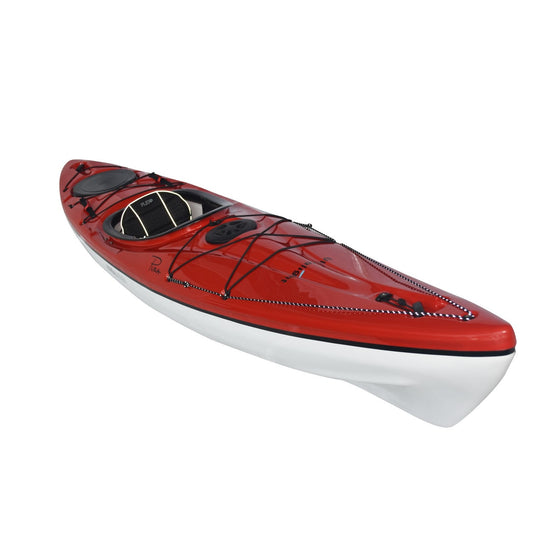 Sold out
Sold outPura 120 Ultralight Kayak
Regular price $1,539.99 CADRegular priceUnit price / per -

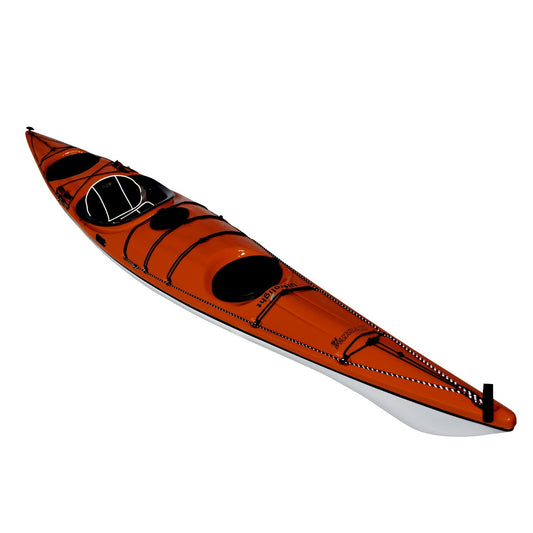 Sold out
Sold outStorm 15 Ultralight Kayak
Regular price $2,389.99 CADRegular priceUnit price / per
